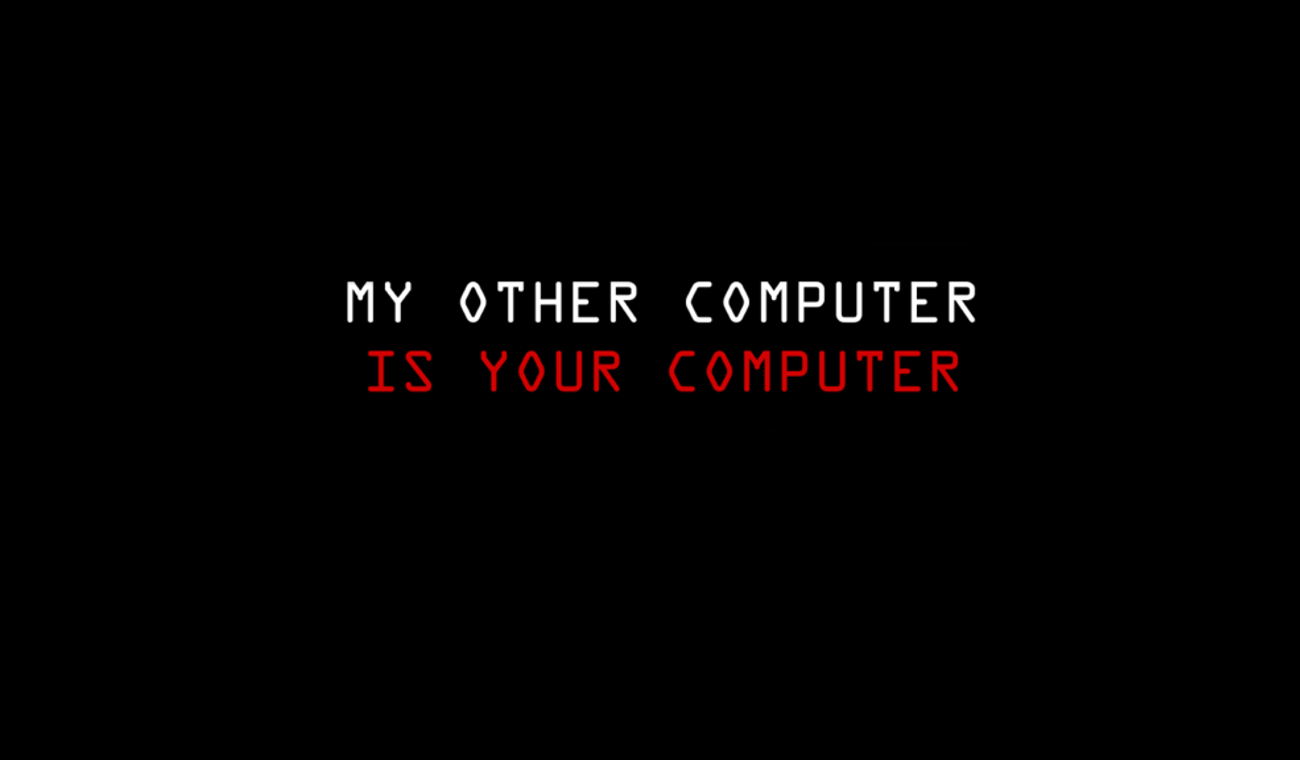
It's hard to imagine a world without Wi-Fi, but it's also important to remember that it's not entirely secure. Wi-Fi hacking attacks are becoming increasingly prevalent, and it's crucial to be aware of the potential dangers.
One of the most common Wi-Fi hacking attacks is the deauthentication attack. This attack involves sending deauthentication frames to a Wi-Fi access point or client, causing them to disconnect from the network. Once disconnected, the hacker can intercept and steal sensitive data such as login credentials. This attack is often used to gain access to corporate networks or steal personal information.
Another popular attack is the man-in-the-middle attack. In this attack, the hacker intercepts traffic between the user and the access point, allowing them to eavesdrop on sensitive information such as passwords and credit card details. This attack is often used to steal credit card details or login credentials from online banking websites.
It's crucial to note that public Wi-Fi networks are not secure, and it's not advisable to trust them with sensitive information.